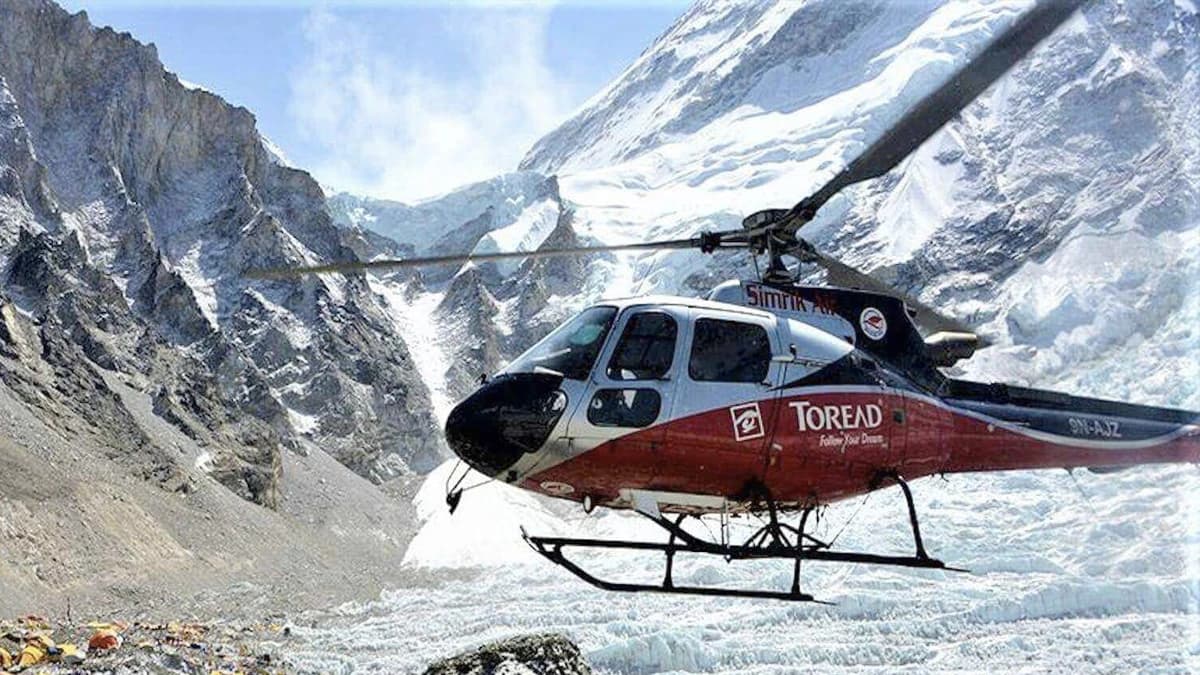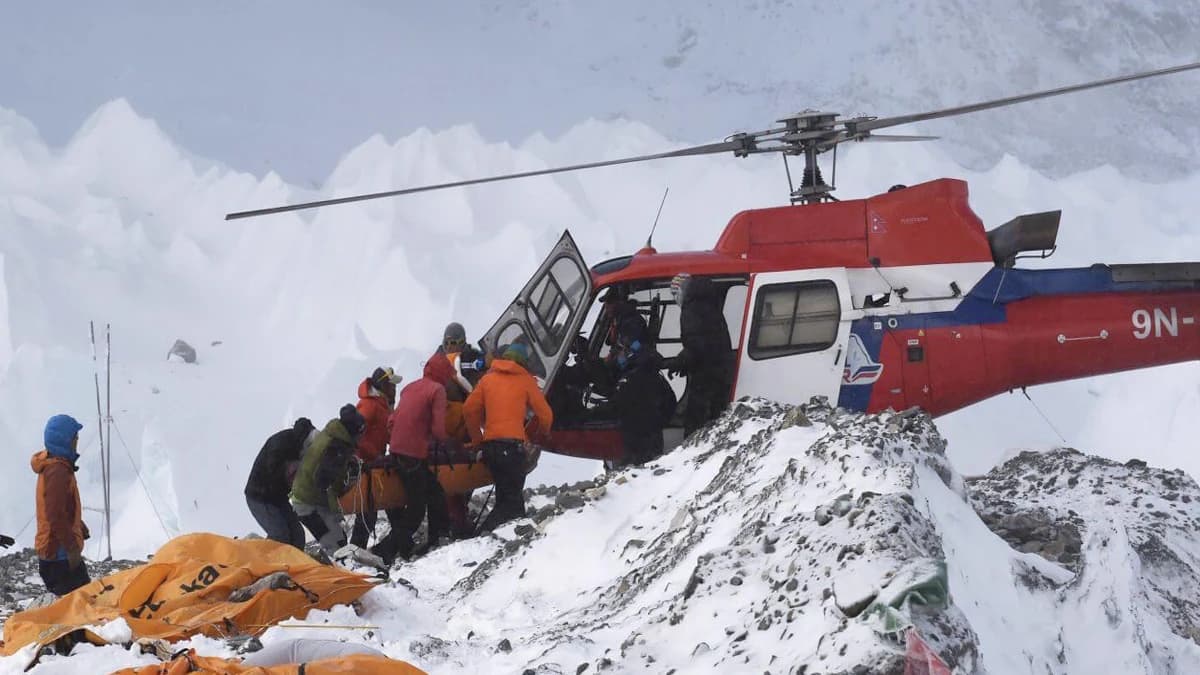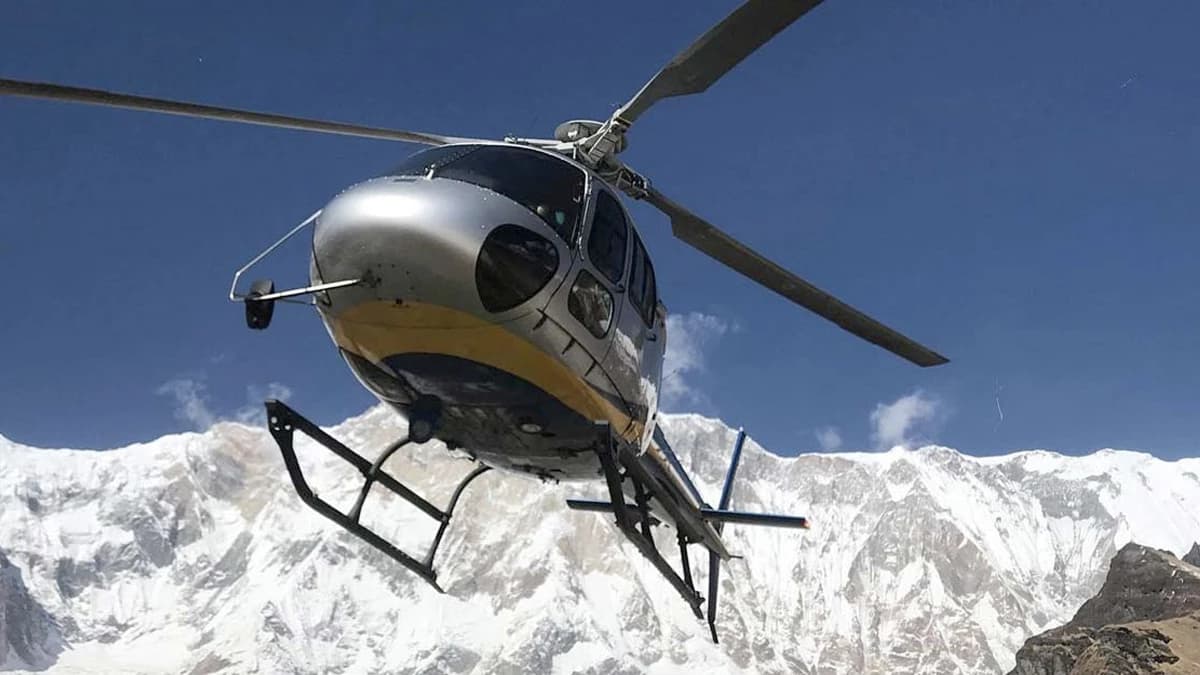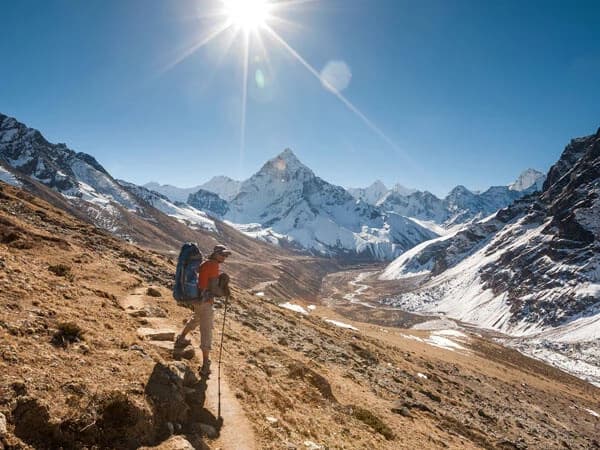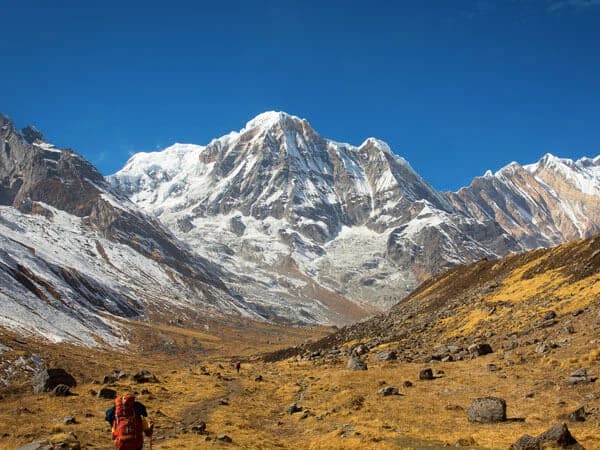High-Altitude Emergency Air Evacuation & Medevac Services in the Himalayas
When trekking or climbing in the Himalayas of Nepal, safety is not just a precaution—it is a necessity. In some of the most remote and challenging landscapes on Earth—such as Everest Base Camp, Annapurna Circuit, Makalu Base Camp, and other high-altitude trekking regions—Nepal helicopter rescue services provide a vital lifeline. Whether it’s high-altitude air evacuation, emergency helicopter rescue, mountain medevac, or air ambulance services, these operations can mean the difference between life and death.
Every year, thousands of trekkers and climbers face emergencies at extreme elevations, where ground evacuation is slow or impossible. Conditions like HAPE (High Altitude Pulmonary Edema), HACE (High Altitude Cerebral Edema), severe altitude sickness, frostbite, hypothermia, sudden injuries, avalanches, and rockfalls require rapid helicopter evacuation. Because health can deteriorate within minutes at high altitude, these 24/7 emergency helicopter services in Nepal are indispensable.
Specialist Nepal Helicopter Rescue Providers
Reputable operators such as Alpine Rescue Service, Altitude Air, Fishtail Air, Everest Sky Helicopter, Air Dynasty, and Annapurna Helicopters maintain standby crews year-round, ready to respond at any hour. These companies use high-performance helicopters designed for thin-air flight, equipped with advanced navigation systems and the capability to land in rugged, uneven, or icy terrain.
Pilots are Himalayan air rescue specialists, trained to navigate through unpredictable weather patterns, sudden whiteouts, and narrow valleys. In emergencies, they coordinate directly with hospitals, ground ambulances, trekking guides, insurers, and local authorities to ensure seamless patient transfer from remote mountain locations to medical facilities in Kathmandu, Pokhara, or other regional centers.
During the Spring 2024 Everest season, for example, rescue teams performed multiple helicopter evacuations daily—airlifting trekkers suffering from HAPE, HACE, frostbite, snow blindness, and avalanche-related injuries. These missions often run from sunrise until after dark, with pilots making multiple high-risk flights in a single day.
Why Nepal Helicopter Rescue Services Are Essential
In mountain emergencies, time is everything. A ground rescue from Everest Base Camp or Thorong La Pass can take days, but a helicopter can complete the evacuation within an hour. This faster-than-ground evacuation drastically increases survival rates.
Key features of helicopter rescue in Nepal include:
-
Altitude-ready helicopters capable of flying above 6,000 meters.
-
Onboard oxygen and medical kits to stabilize patients in-flight.
-
Paramedics or trained rescue staff available for serious cases.
-
Coordination with insurance companies for claim processing.
-
Direct hospital transfers to facilities in Kathmandu or Pokhara.
These operations also play a role in search and rescue for missing trekkers, avalanche victims, or climbers stranded in storms. Helicopter teams often work with local guides and lodges to locate survivors quickly.
Annapurna Region Helicopter Rescue
The Annapurna trekking region—home to the Annapurna Circuit, Annapurna Base Camp trek, and Mardi Himal trek—offers stunning scenery but poses significant risks. Trekkers here can suffer from altitude sickness, hypothermia, slips on icy trails, or even heart attacks due to the physical strain.
Helicopter rescue from Annapurna is provided by operators such as Heli On Call P. Ltd and Real Adventure Nepal. These services can land near high-altitude lodges, tea houses, or ridgelines, then transfer patients quickly to Pokhara or Kathmandu hospitals.
One of the most famous examples of helicopter rescue in this region was during the 2014 Thorong La Pass blizzard, when nearly 300 trekkers were stranded by sudden heavy snowfall and whiteout conditions. Multiple helicopters were dispatched in coordinated missions involving local rescue units, trekking agencies, and insurers.
Today, pre-coordinated evacuation plans, mapped landing zones, and rapid dispatch protocols ensure that Heli On Call P. Ltd can respond quickly to emergencies, even in poor weather.
Gokyo Valley Helicopter Evacuation – Everest Region
The Gokyo Valley in the Everest region, ranging from 4,410 m to over 5,300 m, is renowned for its turquoise lakes and panoramic Himalayan views. However, trekkers face risks such as acute altitude sickness, frostbite, twisted ankles on rocky trails, and dangerous snow or ice crossings on Cho La Pass.
In emergencies, Gokyo helicopter rescue is the fastest and most reliable option. Companies like Prabhu Helicopter and Air Dynasty operate high-altitude evacuation flights equipped with oxygen and staffed by pilots trained in remote landing techniques.
Once a distress call is received, a helicopter can reach Gokyo in as little as 45–60 minutes (weather permitting). Patients are often airlifted directly to Lukla for basic treatment or flown straight to Kathmandu for advanced care. Insurance claim assistance is also provided, making the process smoother for trekkers.
Helicopter evacuation from Gokyo often makes the difference between full recovery and severe health decline, especially when symptoms of HAPE or HACE are present.
Kalapathar, Gorakshep & Everest Base Camp Rescue
Everest Base Camp (EBC), Kala Patthar, and Gorakshep are high-risk, high-reward destinations. While the views are unforgettable, the combination of thin air, freezing temperatures, and challenging terrain can cause life-threatening conditions.
Everest Base Camp helicopter rescues are conducted using powerful aircraft capable of operating in the Khumbu Glacier region, where high winds and altitude create extreme flying conditions. Helicopters often land at Gorakshep or EBC itself, then transfer patients to Pheriche or Lukla clinics before onward flights to Kathmandu.
During the 2015 Everest avalanche, helicopters evacuated dozens of climbers from Camps I and II in highly dangerous conditions. These missions highlighted the importance of having well-coordinated air rescue services during climbing and trekking seasons.
Makalu Base Camp Helicopter Rescue
Makalu Base Camp, at around 5,000 m in eastern Nepal, is one of the most remote trekking destinations in the country. Here, weather volatility, isolation, and lack of road access make helicopter rescue the only viable emergency evacuation method.
Operators such as Prabhu Helicopter, Fishtail Air, and Heli On Call have the capability to send helicopters to Makalu in emergencies. Once a patient is located, the helicopter lands in the nearest flat area and transfers them to the nearest medical point—often Tumlingtar—before continuing to Kathmandu for specialized treatment.
These missions require exceptional flying skill due to narrow valleys, unpredictable winds, and limited visibility. Still, they remain a critical safety net for trekkers and climbers in this wild corner of the Himalayas.
How Nepal Helicopter Rescue Works
-
Emergency Contact: A distress call is made via satellite phone, mobile network, or radio to the rescue company or trekking agency.
-
Location Confirmation: GPS coordinates or descriptive landmarks are provided to help the pilot locate the patient.
-
Weather Assessment: The rescue company checks real-time weather data to determine the safest route.
-
Dispatch: A helicopter equipped for high-altitude flying is dispatched immediately, often with a medic on board.
-
Evacuation: The patient is airlifted to the nearest hospital or clinic. Oxygen and first aid are provided in-flight.
-
Insurance Processing: If the trekker has travel insurance covering helicopter rescue, the operator helps process the claim.
Costs and Insurance for Nepal Helicopter Rescue
Helicopter rescue costs in Nepal vary depending on the pickup location, altitude, and distance to the hospital. Evacuation from Everest Base Camp to Kathmandu can cost USD 4,500–6,000, while shorter flights may cost USD 2,000–3,500.
Travel insurance with helicopter evacuation coverage is strongly recommended for all trekkers. Policies should specifically mention high-altitude trekking and emergency air evacuation. Many reputable rescue companies work directly with insurance providers for quick claim settlements.
Final Word – Safety Above the Clouds
Whether you are trekking the Everest Base Camp trail, crossing Thorong La Pass, hiking to Mardi Himal Base Camp, or exploring the wilds of Makalu-Barun National Park, knowing that Nepal helicopter rescue services are on standby provides invaluable peace of mind.
With state-of-the-art helicopters, experienced mountain pilots, and dedicated medical teams, these services are not just a convenience—they are an essential part of high-altitude tourism safety. In the thin air of the Himalayas, where every breath counts, fast helicopter evacuation in Nepal can turn a life-threatening emergency into a survival story.
Documents & Information Needed from Clients
Most rescues are processed through the client's travel insurance company or trekking agency, so the following details are typically required:
Full Name (as in passport) ____________________
Passport Copy (photo page): __________________
Travel Insurance Details
- Policy number
- Insurance company name & 24/7 emergency contact number
- Coverage confirmation for helicopter evacuation in Nepal
Current Location Coordinates: GPS coordinates or detailed location description (e.g., "near Gorak Shep on EBC trek")
Nature of Emergency: Short medical condition summary (e.g., altitude sickness, injury)
Contact Person’s Details
-
Local guide’s contact number
-
Family member or emergency contact
Who They Need to Contact
First Point of Contact:
- Trekking guide / team leader — They alert the rescue coordination team and insurance.
- If trekking without a guide, directly contact trekking agency or local rescue coordination center.
Essential Rescue Contacts in Nepal:
- Nepal Rescue Coordination Center (RCC) – Civil Aviation Authority of Nepal
- Insurance Company’s Emergency Hotline (to get approval for payment)
- Helicopter Operators: Real Adventure Nepal P. Ltd, Email: info@realadventurenepal.com or Contact no: +9779851035699 (WhatsApp)
Important
Without insurance confirmation or payment guarantee, most helicopter operators will not dispatch. In some urgent life-threatening cases, they may fly on a verbal guarantee from a travel agency, but costs must be settled immediately afterward.


